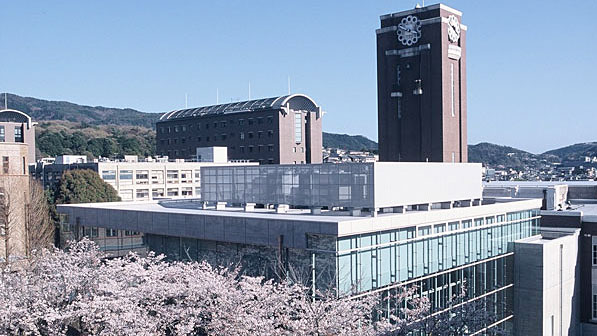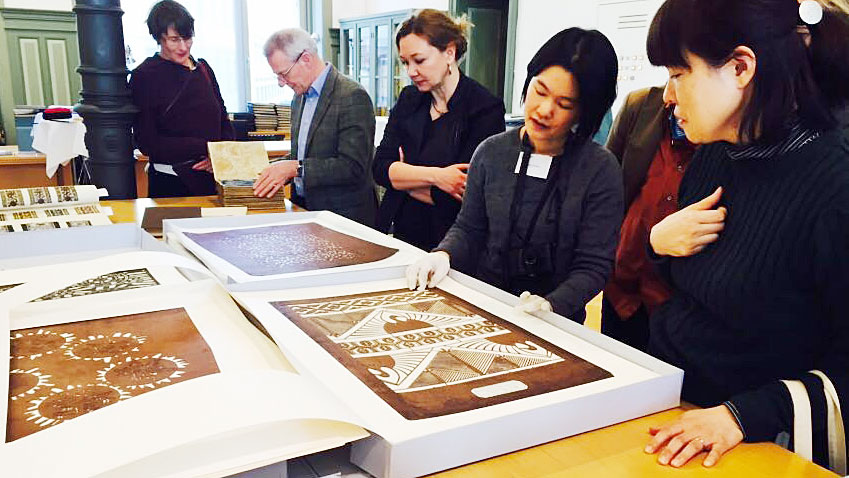Research with Japan

At the beginning of November, Kyoto played host to the second Swiss-Kyoto Symposium. The representatives of UZH included researchers in art history, medicine, gerontology, anthropology, and law (see box).
Florent Thouvenin, UZH Professor of Information and Communications Law, led a symposium workshop on Digital Society and Big Data Era. The main question was the extent to which digital transformation is posing new legal challenges to society, one of the subjects Thouvenin is investigating under the auspices of the newly created Center for Information Technology, Society, and Law (ITSL) at UZH. The idea is to increasingly do research in collaboration with Kyoto University.
The list of collaborative initiatives between UZH and Kyoto University has grown since the first joint symposium in 2013. Last year they included 23 joint publications, predominantly in the natural sciences. “Kyoto University is one of the best universities in Japan, and leads the way in disciplines including biological and stem cell research,” explains Yasmine Inauen, head of the International Relations department at UZH. The aim is to further extend student exchanges with Kyoto University and other Japanese higher education institutions. Last year 26 Japanese students studied at UZH on an exchange.

Art in Japan
Hans Bjarne Thomsen has been collaborating with universities in Japan for more than 20 years – which should come as no surprise, as he is Professor of East Asian Art history at the University of Zurich. “At the moment I have at least 15 research projects ongoing with around 20 Japanese universities,” says Thomsen. He explains that the motivation for both sides includes very practical advantages, with western researchers seeking access to art objects and collections in Japan, and their Japanese counterparts interested in exploring Japanese objects in museums outside their country. “Contact with researchers locally opens doors to collections like this,” says Thomsen.
But he also explains that academic collaboration between East and West is also interesting because it opens up alternative perspectives, with differences in areas ranging from the respective theoretical approaches to local traditions, religious aspects, and cultural taboos: “The more ways of looking at things we can become familiar with and include in our work, the better we can understand and interpret Asian art,” explains Thomsen.
At the symposium in early November Thomsen was able to initiate further research projects with his colleagues at Kyoto University, who will soon be coming to Switzerland to look at Japanese art in museums in this country.